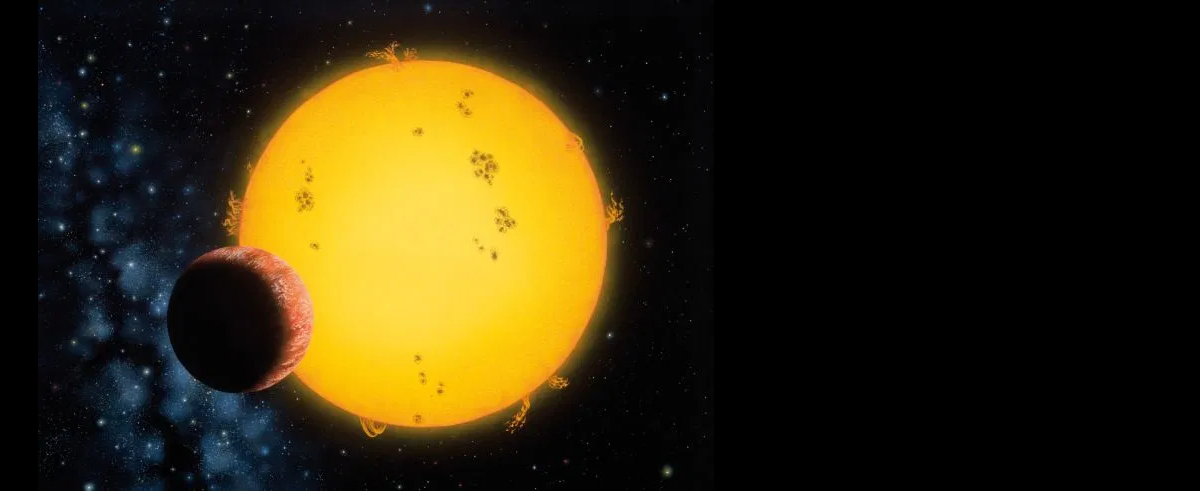The Discovery

Twenty-five years ago, Michel Mayor and Didier Queloz went to a scientific conference in Florence and announced that they had discovered the first planet outside the solar system: 51 Pegasi B. "Nobody knew whether exoplanets existed or not," recalls Michel Mayor. Prestigious astronomers had been looking for them for years... in vain!" Indeed, the technology to make such a discovery did not yet exist at the time. It wasn't until the Elodie spectrograph (alias super-Coravel) was put into service in 1993 on a 2m diameter telescope in Haute-Provence. Thanks to the precision of its measurements (15m/s), Michel Mayor and Didier Queloz spotted in 1994 a stellar object circling its star in 4.2 days. "We were so excited at the idea of having found an exoplanet! says Didier Queloz. But we first had to confirm our observations before revealing anything." In July 1995, the two astrophysicists had no doubt: they had just discovered the first exoplanet!
"This discovery is the most exciting discovery of our entire career, and that it should be rewarded with a Nobel Prize is simply extraordinary," say Michel Mayor and Didier Queloz. Current tools - such as the CHEOPS satellite or the new ESPRESSO spectrograph built in Geneva and installed on the ESO Very Large Telescope in Chile - open up new perspectives in the search for exoplanets. It is now a matter of closely analysing these planetary systems, including their origin, evolution and physical and chemical characterization. This is the task of the National Centre of Competence in Research (NCCR) PlanetS, which brings together the centres of excellence devoted to the study of exoplanets, of which the UNIGE is a pillar.
This research also hides the hope of detecting extraterrestrial life. The gigantic theoretical number of planetary systems (estimated at tens of billions) allows astrophysicists to believe in the existence of other worlds evolving under conditions favourable to the blossoming of life. If we consider that organisms evolve in the same way as on Earth, the presence of carbon dioxide and water will indicate that the planet is habitable. If we find ozone, it will be proof that it is inhabited. However, this is only a scientific hypothesis.
